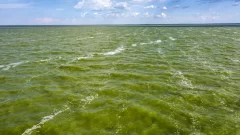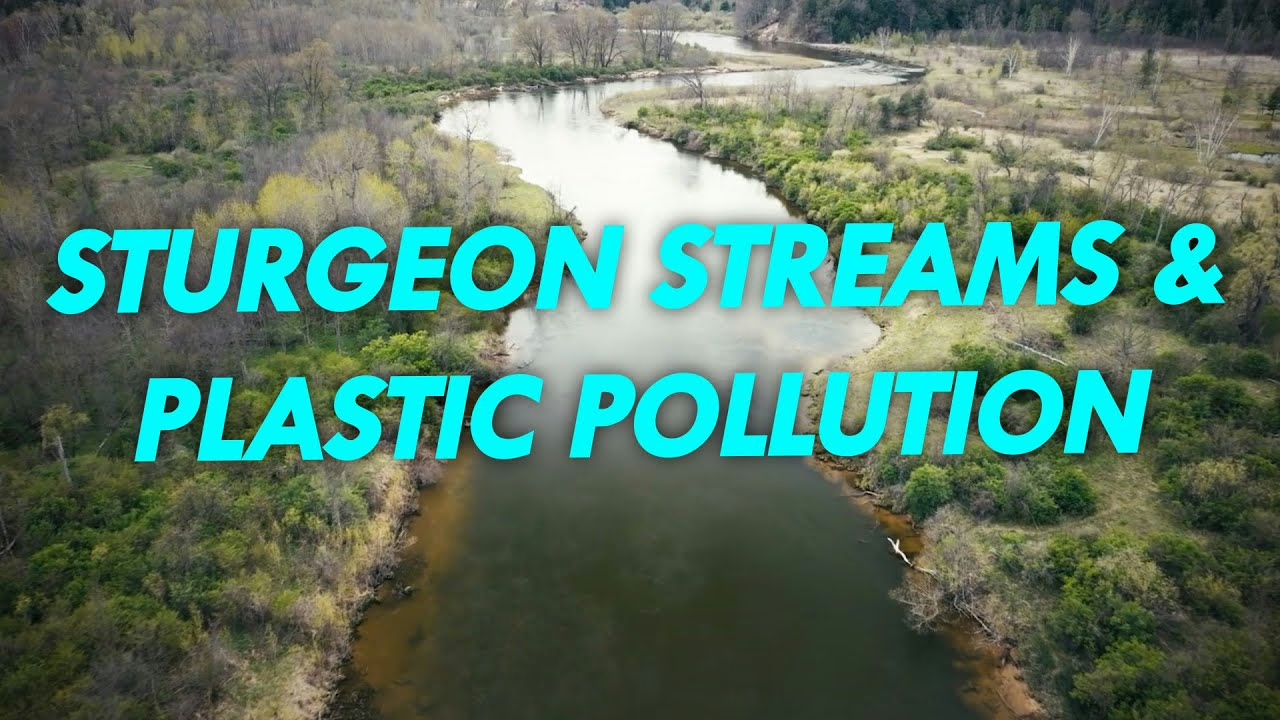Tag: human health
Toxic algae blooms are lasting longer in Lake Erie − why that’s a worry for people and pets
By Gregory J. Dick, University of Michigan
is an independent and nonprofit source of news, analysis and commentary from academic experts.
Federal scientists released their annual forecast for Lake Erie’s harmful algal blooms on June 26, 2025, and they expect a mild to moderate season.
The smoke from Canada’s wildfires may be even more toxic than usual
By Matt Simon
This story was originally published by Grist. Sign up for Grist’s weekly newsletter here.
More than 200 wildfires are blazing across central and western Canada, half of which are out of control because they’re so hard for crews to access, forcing 27,000 people to evacuate.
World Environment Day Calls On You To #BeatPlasticPollution
Why is the full lifecycle of plastics — including production — so important? Plastic degrades into microplastics, pieces less than 5 millimeters long. Nanoplastics, which measure less than 1 micrometer, are the smallest of these and the most likely to get into our blood and tissues. World Environment Day, which … [continued]
The post World Environment Day Calls On You To #BeatPlasticPollution appeared first on CleanTechnica.
Can Autonomous Healthcare Slow Antibiotic Resistance Down?
When we write about machine learning and other artificial intelligence technologies here, it’s usually for cars. Tesla’s FSD Supervised Beta (or whatever it’s called these days) gets a lot of the attention, as do Waymo and other robotaxi providers. But, if we focus only on autonomous vehicles, we miss out … [continued]
The post Can Autonomous Healthcare Slow Antibiotic Resistance Down? appeared first on CleanTechnica.
Case Western Reserve University alumni roll out microplastic filtration system for washing machines
By Zaria Johnson, Ideastream Public Media
This story was originally published by Ideastream.
Case Western Reserve University is set to install filters to washing machines across campus to reduce microplastic pollution during the laundry cycle.
Microplastics can be found virtually anywhere, and studies have found that wastewater from washing machines is a primary source.








